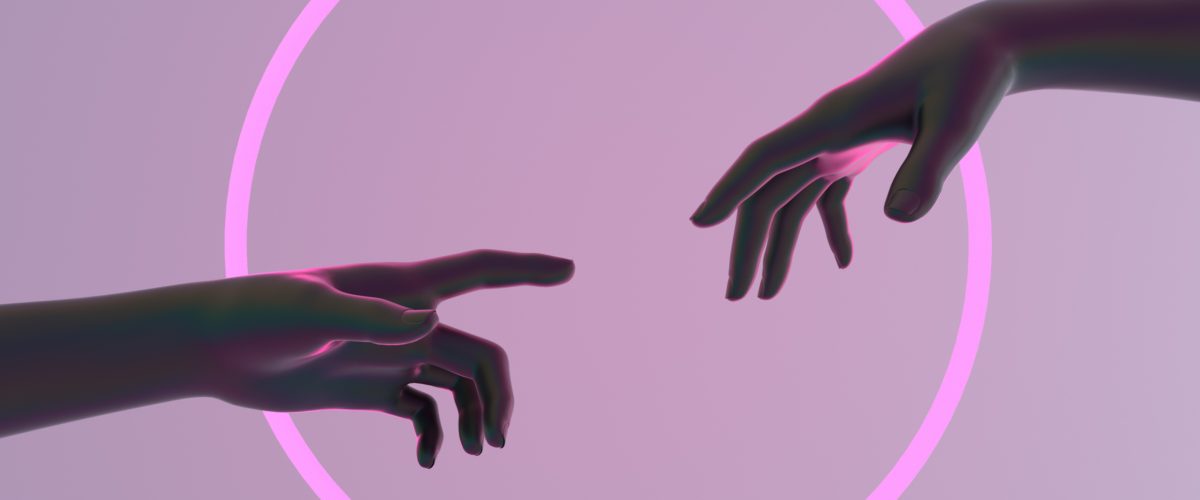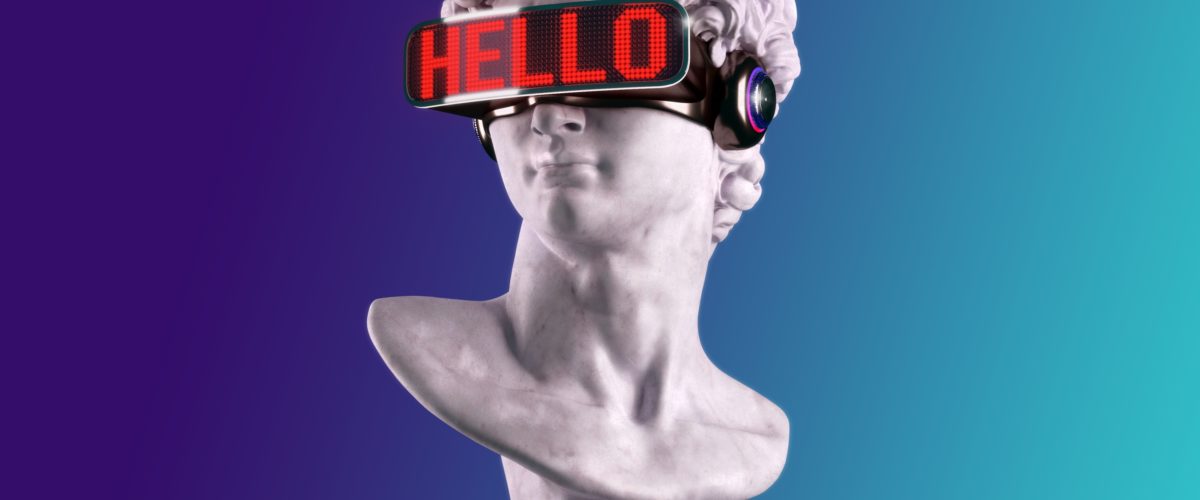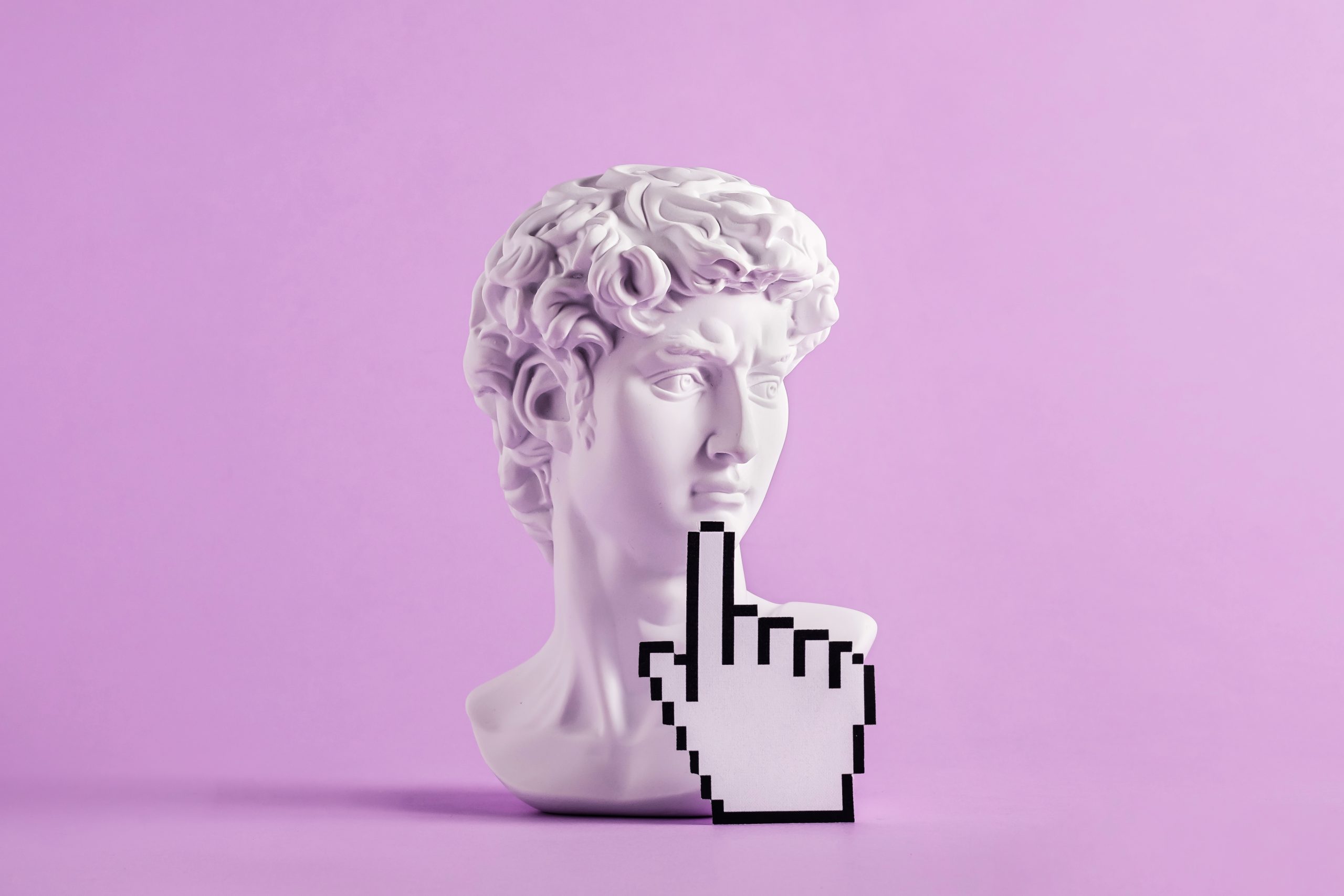Technology is ubiquitous in today's modern world. It plays an important part in practically every area of our lives and has a tremendous influence on how we create and comprehend art.
For many artists, digital technologies are the source of creation and production. The use of cutting-edge technology may boost an artist’s capacity for self-expression while simultaneously reducing the number of limits they must struggle with throughout the creative process. In modern art, technology is a primary formative factor, influence, and motivator and a contemporary reflection approach, some of which are even simpler to master. Inventive efforts have resulted in artiste success.
The creation of new art tools, such as depth and space, perspective, color value, and three-dimensional forms, has contributed to technical developments in critical thinking and art literacy. As a result of the convergence of technology and creativity, people can now express themselves in novel and fascinating ways. Some digital programs allow users to produce their own works of art and change existing artworks.
Computers have also taken on a new role in the sphere of art, becoming an indispensable tool for artists working in diverse professions. Wearable art, locative media, networking, and generative sketching are all examples of computerized art.
Role of Technology in Modern Art
As a result of technological breakthroughs that go hand in hand with their forward-thinking notions, innovative artists may now reach audiences outside of the traditional art world. Modern art has become more participatory, and technology has played a significant role in expanding its borders.
Digital Art Is on the Rise

In their pursuit of fresh and inventive ways to communicate their thoughts and ideas, every artist has an infinite supply of new ideas. When it comes to the creative process, artists haven’t hesitated to experiment with technology. A broad range of innovative works has been produced by artists in the last several years using digital and video technology. Artists are currently using cutting-edge technology to create art.
Art Appreciation and Perception
Using interactive maps, audio tours, and movies about exhibitions, visitors may see and admire works of art while learning more about them in museums and galleries that employ modern technology as virtual tour guides. Technology helps museums learn how people interact with art. Monitoring devices that capture visitors’ biometric information and researching how they move around exhibitions help museums create more effective displays. The advancement of technology has influenced culture and civilization as a whole.
A Wider Reach of the Audience
Since its inception, the art world has been considered a closed society. Art galleries may have difficulty exhibiting the work of emerging artists. Even if you have the means, it may be difficult to view or acquire the finest works of art. Its capacity to connect individuals to art markets and remove monotony are two of its most advantageous characteristics. A magnificent work of art is now available for everyone to see and appreciate.
Digital Art

A technological revolution has been sparked by the development of the internet and the availability of new communication technologies. This digital revolution opened up new possibilities for the digital art movement. Advances in technology have enabled, many artists to increase the visibility and modification of their work, thereby reaching a larger audience.
There have been several technological and methodological advancements throughout the history of art, increasing the number of renowned digital artists whose work incorporates cutting-edge technology. Computer-generated art has come a long way from the first rock carvings. In addition to its convenience, accessibility, and capacity to experiment with new ideas, digital creative forms provide several other advantages. With many different digital art mediums, artists may experiment the effects of many physical elements on a single computer screen.
Modern technology is essential to the artistic pursuits of today’s artists. It is becoming increasingly common for artists and art professionals to use cutting-edge technology and techniques to produce stunning and highly engaging mixed-media art. Digital technologies are now increasingly popular as a result of their mobility and ease of usage. Your creations can be mass-produced anywhere you go, as long as you have your art supplies with you.
Finally, art has indeed been profoundly altered by the advent of digital technology because of the internet and other digital technologies. Similar to how the global economy grows, so does the world’s cultural diversity. Because of advancements in digital technology, it is now more affordable to create works of art. In this day and age, artists may produce more work because of digital technology. Currently, it is easier for artists to disseminate their message through the internet, social media, television, and mobile phones. The pace of technological advancement will never slow down, no matter how fast it is moving. Traditional and digital art are both necessary to create a finished artwork.
Photo: Sergii Gnatiuk/Shutterstock
You might also like:
Support us!
All your donations will be used to pay the magazine’s journalists and to support the ongoing costs of maintaining the site.
Share this post
Interested in co-operating with us?
We are open to co-operation from writers and businesses alike. You can reach us on our email at [email protected]/[email protected] and we will get back to you as quick as we can.









